Results 11,141 to 11,150 of 12091
Thread: Anandtech News
-
05-26-21, 12:31 PM #11141
Anandtech: MSI MEG Z590 Ace Motherboard Review: Premium Rocket Lake with TB4 and 4x M
Prior to the release of Intel's 11th Generation Rocket Lake processors, motherboard vendors unveiled their ranges of Z590 motherboards ready for the realm of PCIe 4.0. We saw a lot of refreshed models, with the MSI MEG Z590 Ace being one of them. Typically positioned as a bridge between the mid-range and the flagship models, the Ace has offered exceptional features in the past, with slightly fewer bells and whistles of models such as MSI's Godlike, but still plenty to get excited about. The MSI MEG Z590 Ace includes an impressive four M.2 slots, six SATA ports, 2.5 gigabit Ethernet, Wi-Fi 6, and Intel's latest Thunderbolt 4 Maple Ridge controller. Looking to dominate the premium motherboard market segment, we deep dive into the Ace in this review.
More...
-
05-27-21, 08:14 AM #11142
Anandtech: Marvell Announces First PCIe 5.0 NVMe SSD Controllers: Up To 14 GB/s
Today Marvell is announcing the first NVMe SSD controllers to support PCIe 5.0, and a new branding strategy for Marvell's storage controllers. The new SSD controllers are the first under the umbrella of Marvell's Bravera brand, which will also encompass HDD controllers and other storage accelerator products. The Bravera SC5 family of PCIe 5.0 SSD controllers will consist of two controller models: the 8-channel MV-SS1331 and the 16-channel MV-SS1333.
These new SSD controllers roughly double the performance available from PCIe 4.0 SSDs, meaning sequential read throughput hits 14 GB/s and random read performance of around 2M IOPS. To reach this level of performance while staying within the power and thermal limits of common enterprise SSD form factors, Marvell has had to improve power efficiency by 40% over their previous generation SSD controllers. That goes beyond the improvement that can be gained simply from smaller fab process nodes, so Marvell has had to significantly alter the architecture of their controllers. The Bravera SC5 controllers still include a mix of Arm cores (Cortex-R8, Cortex-M7 and a Cortex-M3), but now includes much more fixed-function hardware to handle the basic tasks of the controller with high throughput and consistently low latency.Marvell Bravera SC5 SSD Controllers MV-SS1331 MV-SS1333 Host Interface PCIe 5.0 x4 (dual-port x2+x2 capable) NAND Interface 8ch, 1600 MT/s 16ch, 1600 MT/s DRAM DDR4-3200, LPDDR4x-4266 with ECC Sequential Read 14 GB/s Sequential Write 9 GB/s Random Read 1.8 M IOPS Random Write 1 M IOPS Max Controller Power 9 W 9.8 W Virtualization 16 Physical Functions, 32 Virtual Functions
Such an architectural shift often means sacrificing flexibility, but Marvell doesn't expect that to be a problem thanks in large part to the Open Compute Project's Cloud SSD specifications. Those standards go beyond the NVMe spec and define which optional features should be implemented, plus target performance and power levels for different form factors. The Cloud SSD specs were initially a collaboration between Microsoft and Facebook but have caught on in the broader market and even have the support of traditional enterprise server vendors like Dell and HP. This allows controller vendors like Marvell and SSD manufacturers to more narrowly focus their product development efforts, and to target a wider range of customers with a single hardware and firmware platform. In spite of the shift toward more fixed hardware functionality, the Bravera SC5 controllers still support a wide range of features including NVMe Zoned Namespaces (ZNS), Open Channel SSDs and Kioxia's Software-Enabled Flash model.
In addition to being the first available PCIe 5.0 SSD controllers, the Bravera SC5 family includes the first 16-channel controller designed to fit on the EDSFF E1.S form factor, using a controller package size of 20x20 mm with peak controller power of 9.8 W. The new controllers are currently sampling to select customers, with the option of using Marvell's firmware or developing custom firmware.
More...
-
05-27-21, 10:53 AM #11143
Anandtech: An Interview with Tenstorrent: CEO Ljubisa Bajic and CTO Jim Keller
Many billions have been poured into the industry when it comes to AI processor development. If you were to list the number of AI processors currently in development or production at the wide variety of start-ups, then that number quickly surpasses 50 and is seemingly forever rising. Each one of these companies is aiming to build a compelling product to meet the needs of their intended customers, all the way from small-scale inference workloads up to multi-datacenter scale training. One of these companies is Tenstorrent, led by CEO Ljubisa Bajic, who recently hired famed chip designer Jim Keller as the CTO. Jim was also the initial angel investor when the company started. Today we are interviewing these two about the company, the Tenstorrent product, and the direction of the demands for machine learning accelerators.
More...
-
05-28-21, 08:57 AM #11144
Anandtech: USB-C Power Delivery Hits 240W with Extended Power Range
The USB-IF released a couple of new specifications recently - R2.1 for Type-C and R3.1 for USB-PD. The main update is the 'Extended Power Range' aspect that allows for delivery of up to 240W over Type-C setups supporting the relevant USB-PD profile.
The first USB Power Delivery (USB-PD) specification was released in 2012, and it has seen regular updates over the years. Initially, the focus was on enabling faster charging rates for smartphones and other such devices (which had been using proprietary charging schemes or the USB-BC battery charging specifications). After the release of the Type-C specifications in 2014, USB-PD became a hot topic again. In addition to charging, the attractiveness of a single port for both data and power I/O - particularly from the viewpoint of compact and slim notebooks - brought in the need to shore up the amount of power transferred between a source and a sink. Prior to the release of USB-PD R3.1, certifications from the USB-IF were in place for equipment capable of sourcing / sinking up to 100W (slightly lesser in practical circumstances). The newly released specifications refer to the modes in R3.0 as 'Standard Power Range' (SPR).
USB-PD R3.1 supports three charging models:
- Fixed voltage
- Programmable power supply (PPS), and
- Adjustable voltage supply (AVS).
In the fixed voltage scheme, the Standard Power Range (SPR) mode supports 3A and 5A at 5V, 9V, 15V, and 20V. The 3A configuration supports between 15 and 60W. The 5A scheme requires a specific type of cable and can supply up to 100W. The new Extended Power Range (EPR) mode supports all voltage and current combinations of SPR, and also includes 5A supply at 28V, 36V, and 48V, allowing for support up to 240W.
In the programmable power supply (PPS) scheme available in SPR mode, currents are limited by the source and the cable's advertised capabilities. While the programmed voltage ranges track the ones in the fixed voltage scheme, the actual voltage may vary between 3.3V and 5.9V (for the 5V setting), 11V (for the 9V setting), 16V (for the 15V setting), and 21V (for the 20V setting) in steps of 20mV.
In the EPR mode, the AVS model allows for the voltage to be adjusted between 15V and one of 28V, 36V, or 48V in steps of 100mV depending on the negotiated EPR contract. The source and sink need to enter this specific EPR mode and the cable between them also needs to support EPR for these new voltages to be enabled.
EPR specifications keep safety in mind by allowing sources to scale back to 5V with a hard reset in case of unresponsive downstream sinks. The sink is also required to keep up periodic communication with 'keep-alive' messages to the source in this mode.
Cables supporting EPR need a compulsory electronic marking indicating EPR compatibility using 'EPR Mode Capable' bit set. Standard Power Range cables (SPR) support only up to 100W PD. Receptacles and cables supporting EPR need extra mechanical considerations to prevent shorting / arcing during the connection process. Towards this, the mechanical specifications of the cables as well as receptacles are getting updates. Arcing is possible during unplug operations, and this is being mitigated by length differences between the CC and VBUS pins (allowing the detection of disconnect events early enough to get the source to reduce the current prior to the full disconnection). A snubber capacitor at either cable end is recommended to help with this feature.
EPR enables supply of up to 5A at 48V, but the cables themselves need to support up to 53.65V, and the capacitors used need to be rated for 63V. The electronic marking on the cables are supposed to specify 50V/5A with visible EPR identification icons for end users.
Thumb drives sinking more than 3A or supporting USB4 operations are now mandated to respond to 'cable identity' queries from the host. Additional constraints / parametric adjustments have been made for cables to be fit for USB4 operations. The certification requirements for USB4 active cables have also been updated. They are now required to support Thunderbolt 3 capabilities fully (including Alternate Modes). Since these certification requirements are new, and do not specify updates for passive cables, it is possible that USB4 passive cables that support full capabilities when used with modern USB4 hosts may not operate at full speeds with legacy Thunderbolt 3 platforms.
USB-PD has enabled the use of a single Type-C port for both data and power I/O. In its previous avatar, this worked well for mobile devices such as smartphones and tablets - allowing them to even double up as power banks. In parallel, advances in Gallium Nitride (GaN) semiconductors have enabled the creation of very efficient and compact power electronics equipment.
Combined with the new USB-PD specifications allowing for up to 240W of power delivery, we will soon see USB-C chargers / adapters capable of powering desktop PCs (such as the Intel NUCs - even the gaming-focused models) and All-in-Ones. Currently, these systems still use wall-warts with DC-in barrel jacks to power the internal components. With solutions in sight for this inconvenience, such powerful systems are bound to see new applications.
More...
-
05-28-21, 05:09 PM #11145
Anandtech: Sponsored Post: Now On Sale - MPG CORELIQUID K360 & MSI Z590 Gaming Force
Intel's 11th generation of Core processors have finally hit the market. If you're looking to upgrade your gaming rig, now is the perfect time to do so. And MSI has the perfect combo with which to do so.
More...
-
05-30-21, 10:21 PM #11146
Anandtech: Intel at Computex 2020: Tiger Lake-U Refresh, Mediatek 5G Solutions, NUC 1
Due to the global pandemic, this year’s annual Computex event in Taiwan is being held virtually, but all the big-name companies have keynotes to present their latest news and wares. Intel is no different, and this year the hot ticket items stem from an expansion or ‘refresh’ of their Tiger Lake-U series processors (as we exclusively confirmed at AnandTech in April) but also the first fruits of an Intel 5G solution developed through the partnership with MediaTek.
More...
-
05-30-21, 10:21 PM #11147
Anandtech: Computex 2021: Intel's Keynote, a Live Blog (10pm ET)
This year is a busy one for Intel. A new CEO at the start of the year, a commitment to 7nm, and then the launch of new desktop Rocket Lake processors followed by Tiger Lake-H processors. There are promises of next-generation Alder Lake later in the year, and we're all interested to see what happens with Intel's desktop graphics strategy. Heading up today's Computex keynote is not the usual CEO spot, but Michelle Johnston Holthaus, Intel's EVP and Chief Revenue Officer.
We'll be starting the live blog promptly at 10pm ET, or 10am Taipei time.
More...
-
05-31-21, 09:48 PM #11148
Anandtech: AMD Ryzen 5000G: Zen 3 APUs for Desktop Coming August 5th
Back in April of this year, AMD announced its new series of Ryzen 5000G processors with integrated graphics. These processors were an upgrade over the previous generation of 4000G hardware by using AMD’s newest Zen 3 cores coupled with Vega 8 integrated graphics. At the time those processors were released for the pre-built system market only, with promises that retail versions would be made available later in the year. Today AMD is announcing two Ryzen 5000G models for retail, coming to market worldwide on August 5th.
More...
-
05-31-21, 09:48 PM #11149
Anandtech: Computex 2021: AMD's Keynote, a Live Blog (10pm ET)
When the big trade shows roll around, this is the time for the big companies in our sphere to announce their next biggest hardware, or update us on what is to some. AMD had some really big launches at the top of the year, with Ryzen 5000 for desktop and mobile, Radeon for desktop, and then a bit later we saw EPYC on Zen 3 come to market. This year at Computex, CEO Dr. Lisa Su heads up AMD's keynote presentation, and we're here ready to live blog the announcements as they come in. Join us at 10pm ET (10am Taiwan local time)!
More...
-
05-31-21, 11:09 PM #11150
Anandtech: AMD Demonstrates Stacked 3D V-Cache Technology: 192 MB at 2 TB/sec
The AMD team surprised us here. What seemed like a very par-for-the-course Computex keynote turned into an incredible demonstration of what AMD is testing in the lab with TSMC’s new 3D Fabric technologies. We’ve covered 3D Fabric before, but AMD is putting it to good use by stacking up its processors with additional cache, enabling super-fast bandwidth, and better gaming performance. That’s the claim at any rate, and AMD showcased its new demo processor on stage at Computex. Here’s a deeper run-down into what it actually is.
More...
Thread Information
Users Browsing this Thread
There are currently 17 users browsing this thread. (0 members and 17 guests)





 Quote
Quote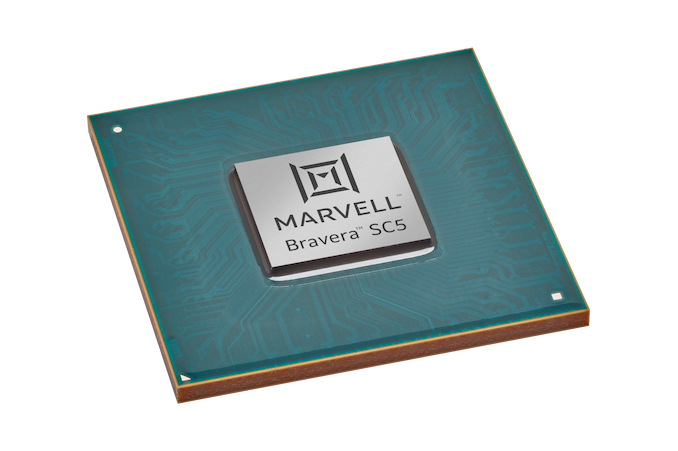
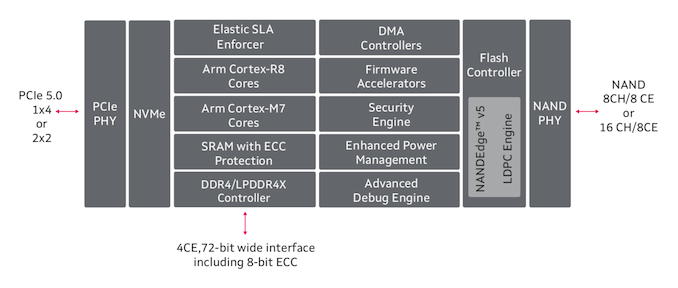
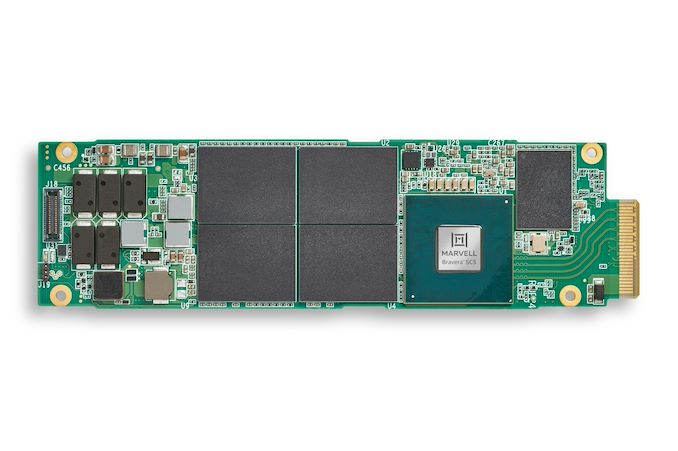
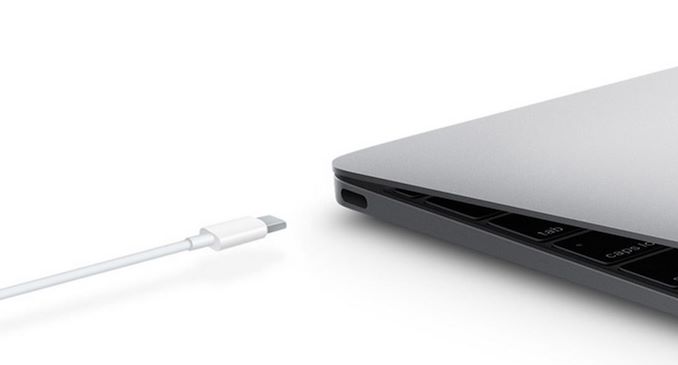
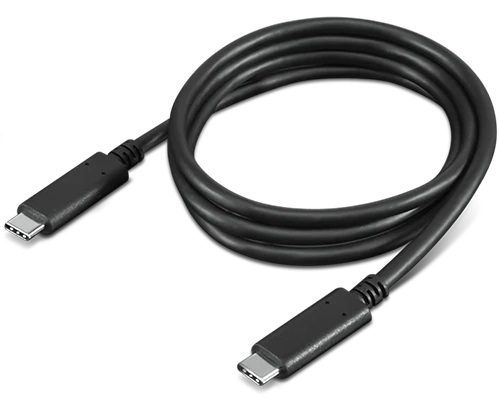
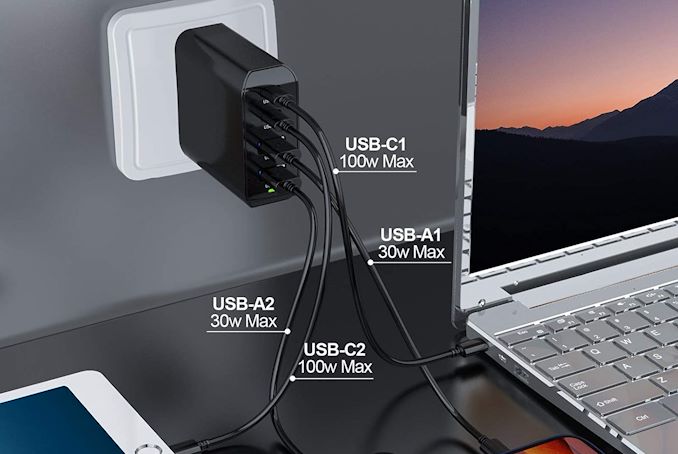
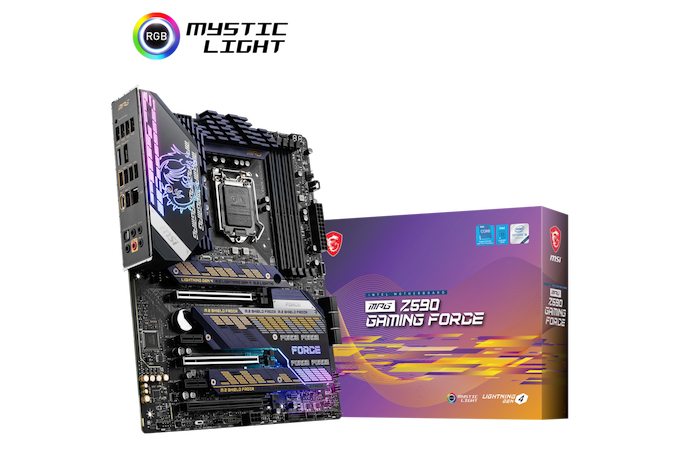


















Bookmarks